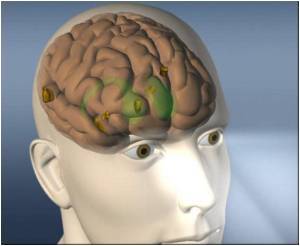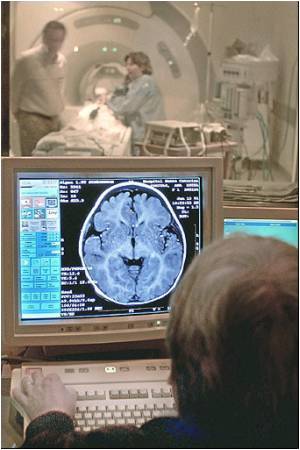
The find indicates similar techniques used to manage the distributed computer networks. However, the fly's nervous system techniques are much simpler and more robust.
Using the fruit fly technique, Bar-Joseph, co-author Noga Alon and their team designed a new distributed computing algorithm, which is particularly well suited for wireless sensor networks, such as environmental monitoring, where sensors are dispersed in a lake or waterway, or systems for controlling swarms of robots.
"Computational and mathematical models have long been used by scientists to analyze biological systems," said Bar-Joseph.
"Here we've reversed the strategy, studying a biological system to solve a long-standing computer science problem."
One step toward creating this distributive system is to find a small set of processors that can be used to rapidly communicate with the rest of the processors in the network - what graph theorists call a maximal independent set (MIS).
Advertisement
The researchers created a computer algorithm based on the fly's approach and proved that it provides a fast solution to the MIS problem.
Advertisement
"This makes the solution applicable to many more applications."
Source-ANI















